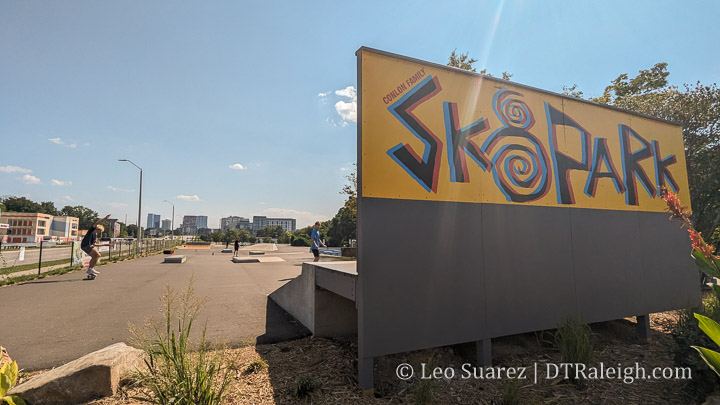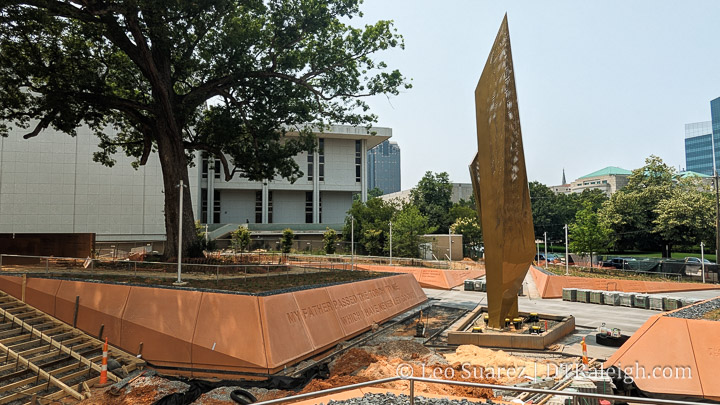Earlier this year, I took a family trip to Paris, and it’s easily one of my favorite cities that I’ve visited in my adult life. The sights, the food, the walking — all of it was fantastic. But with every trip I take, I typically find one small detail to hyper-analyze. It was one of those things that, once you notice it, you can’t unsee it.
I’m talking about the corners of buildings. Not the inside ones. The outside ones. The ones that meet at intersections. But in Paris — especially in the older parts of the city — they don’t just meet. They gracefully arrive at the corner with a flat or sometimes even curved face that greets the street like it’s welcoming you inside.
Continue reading →



